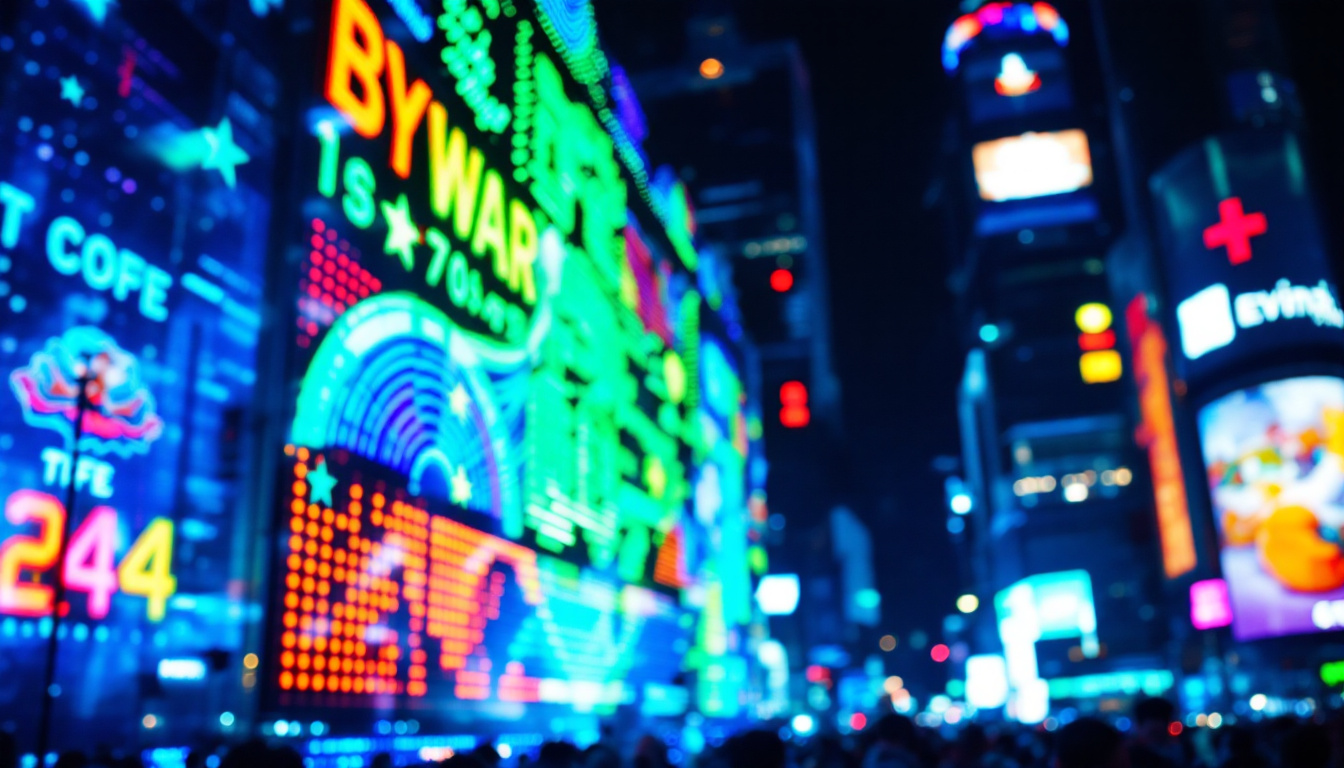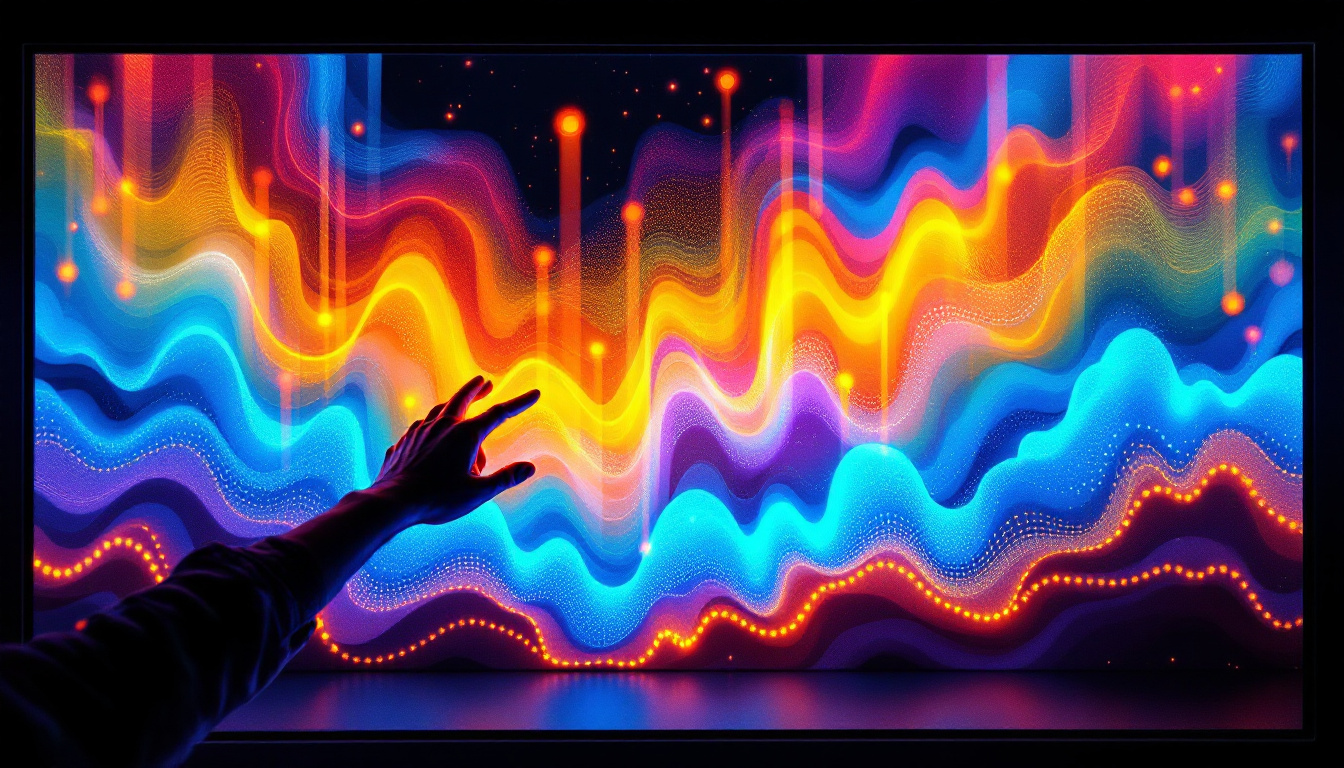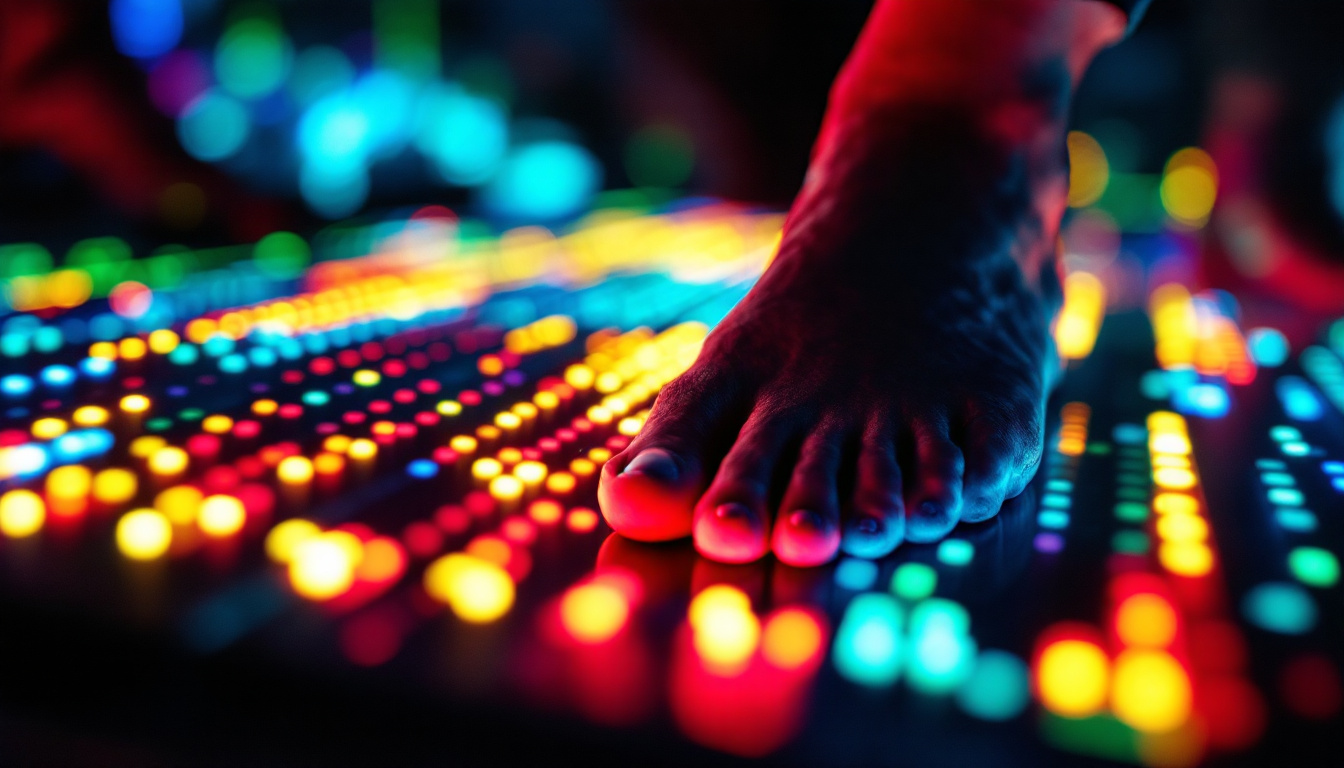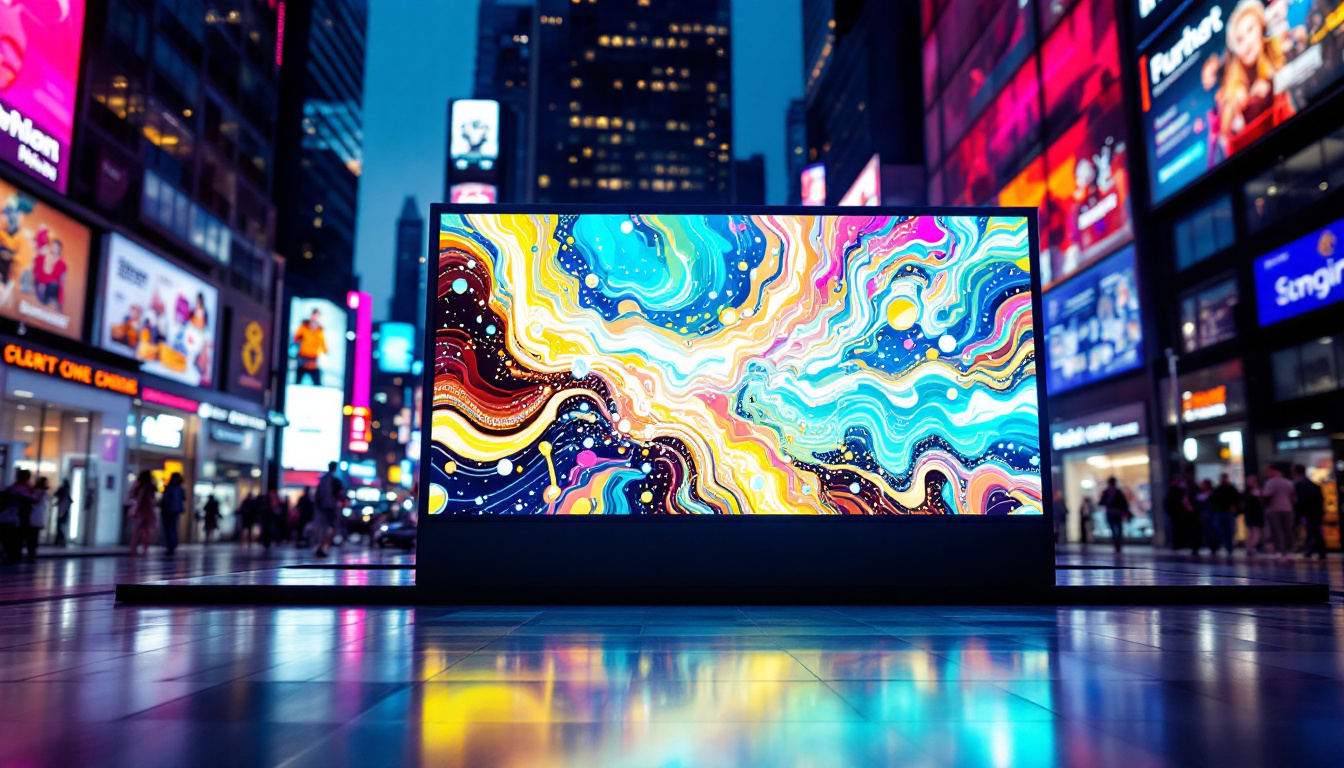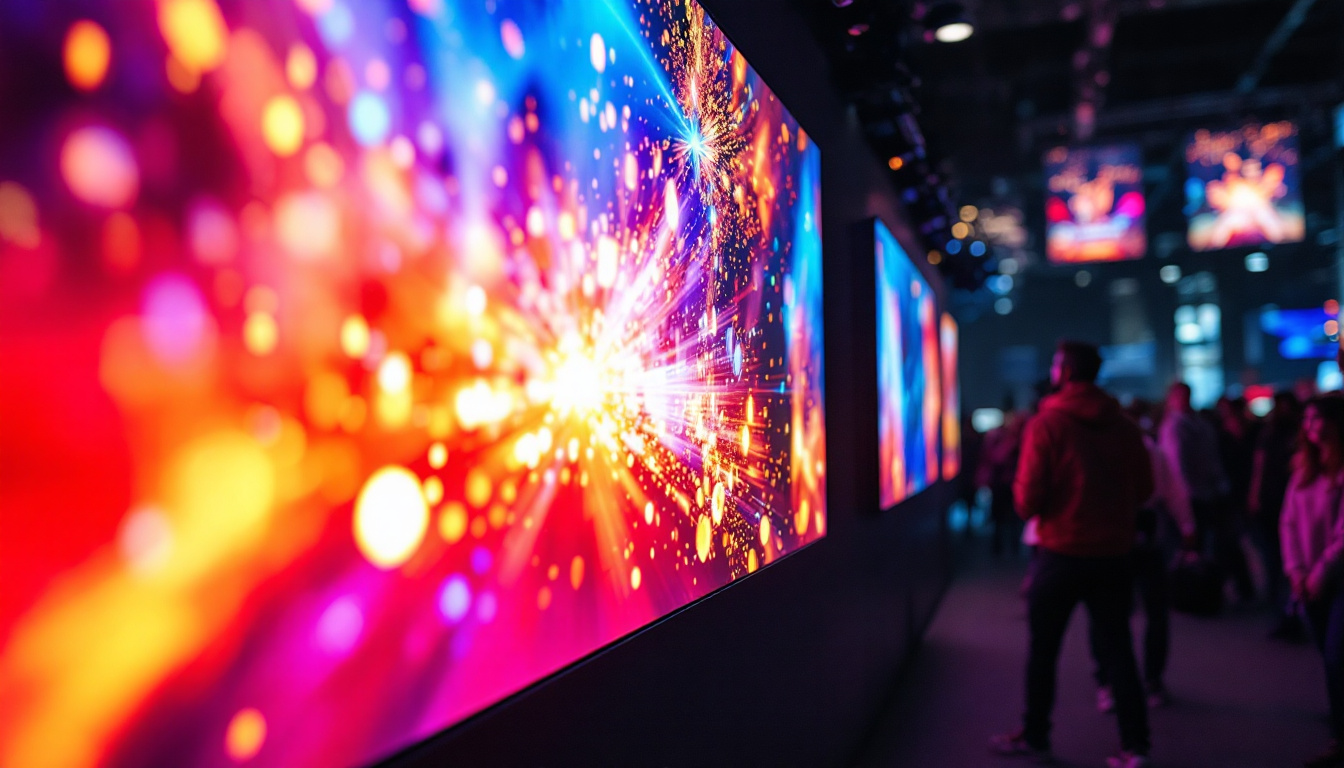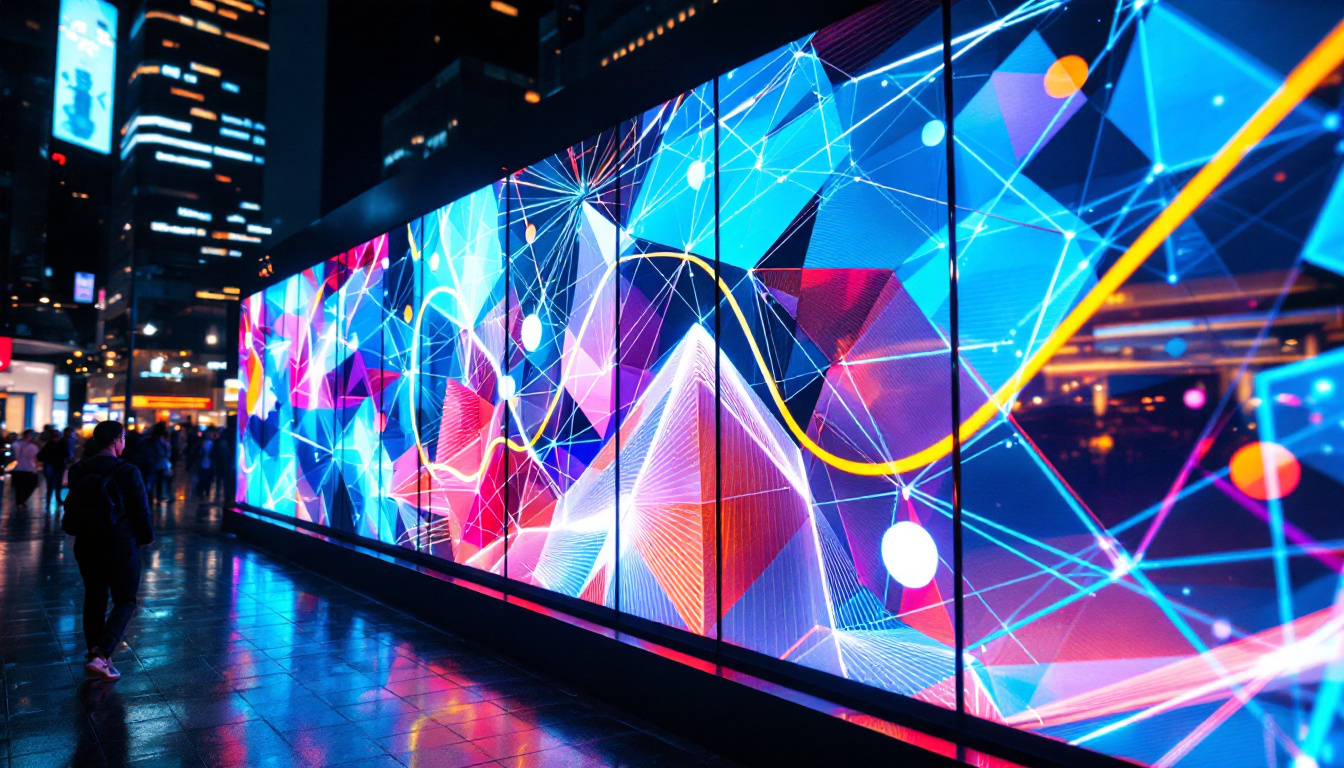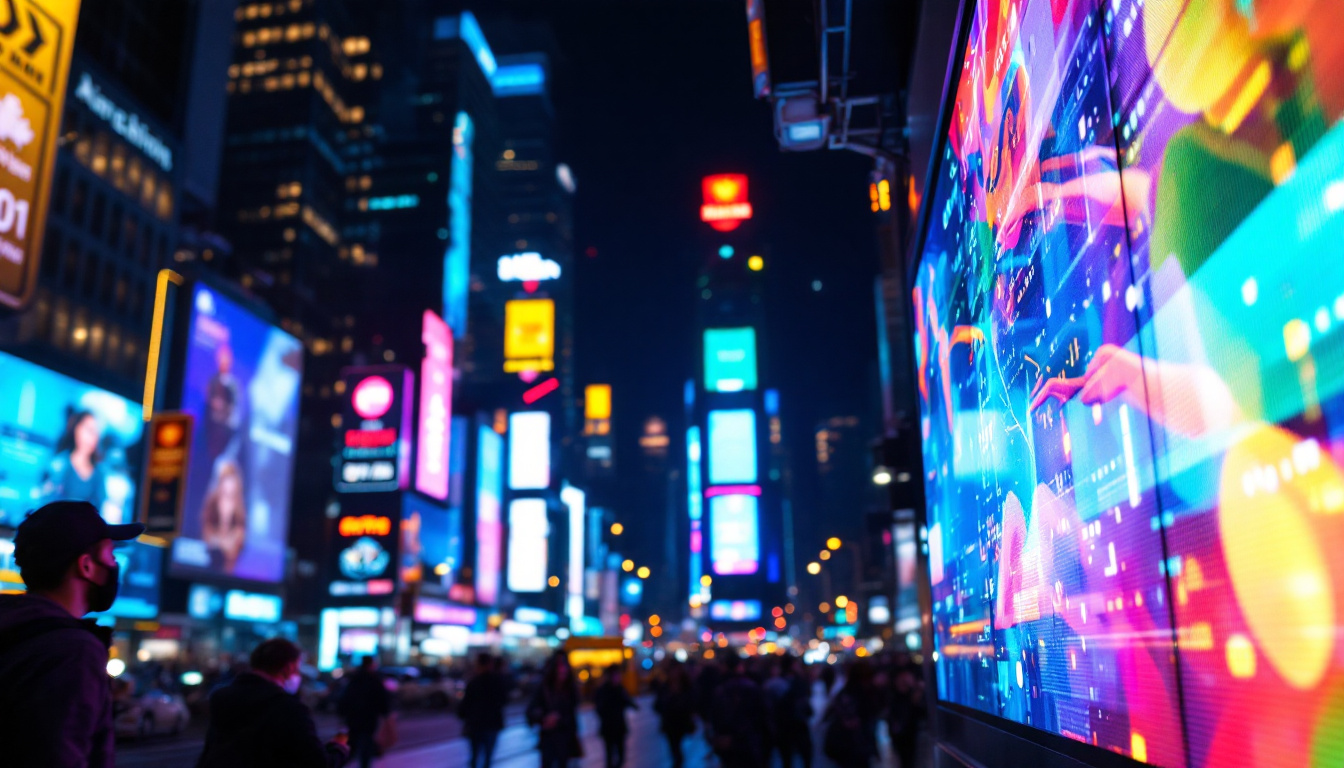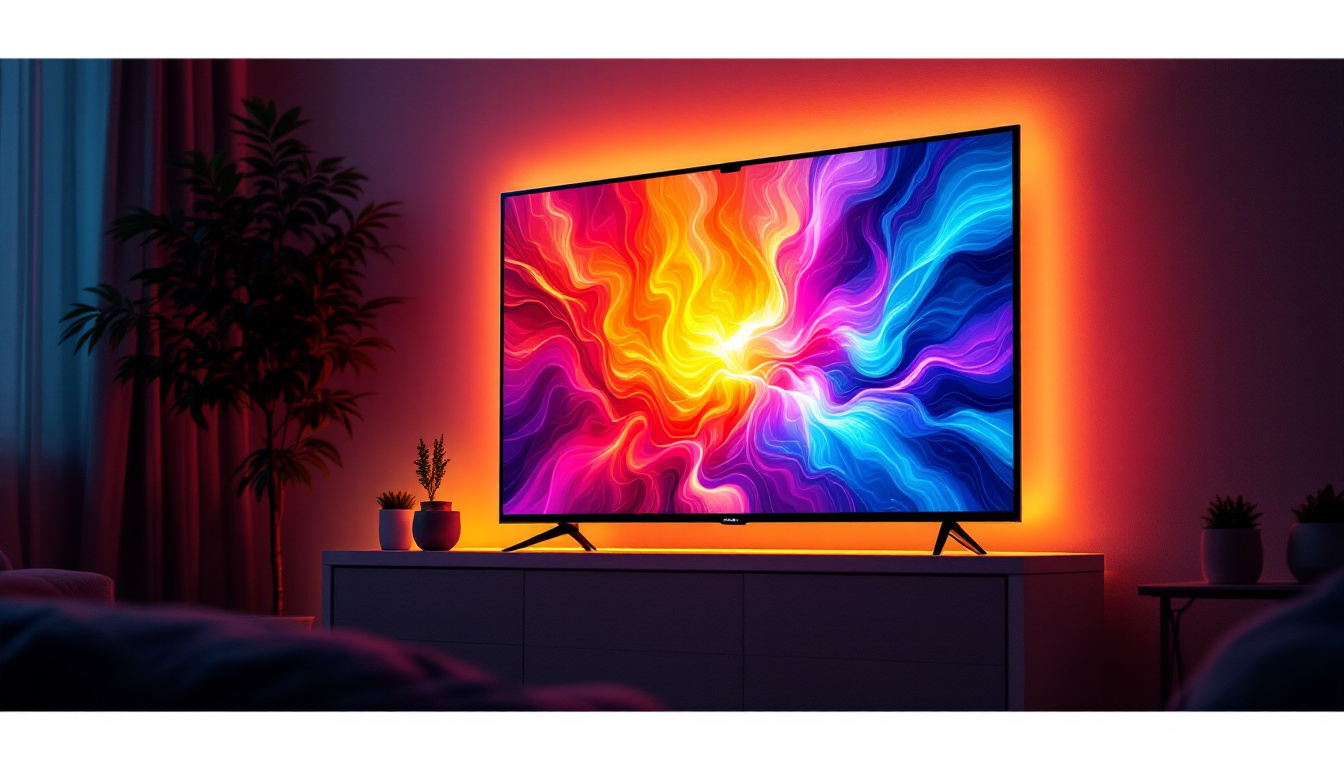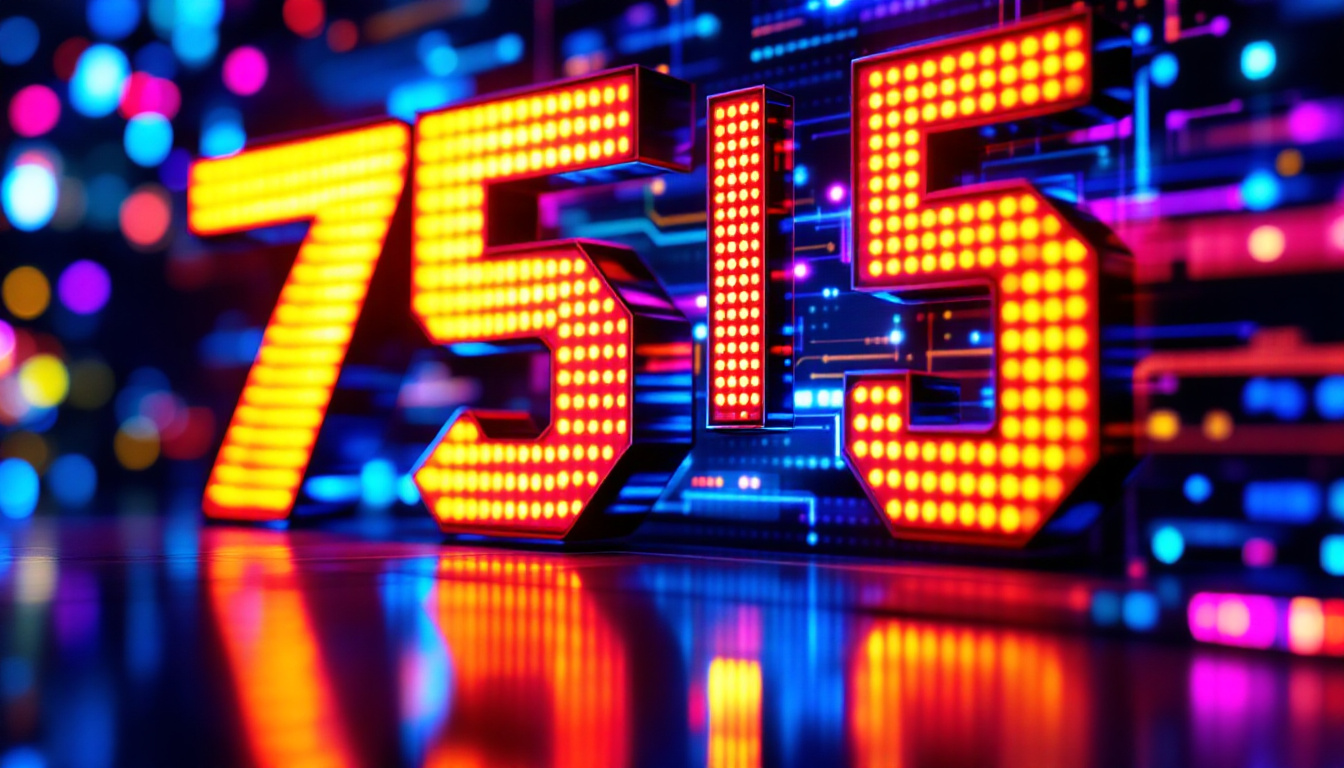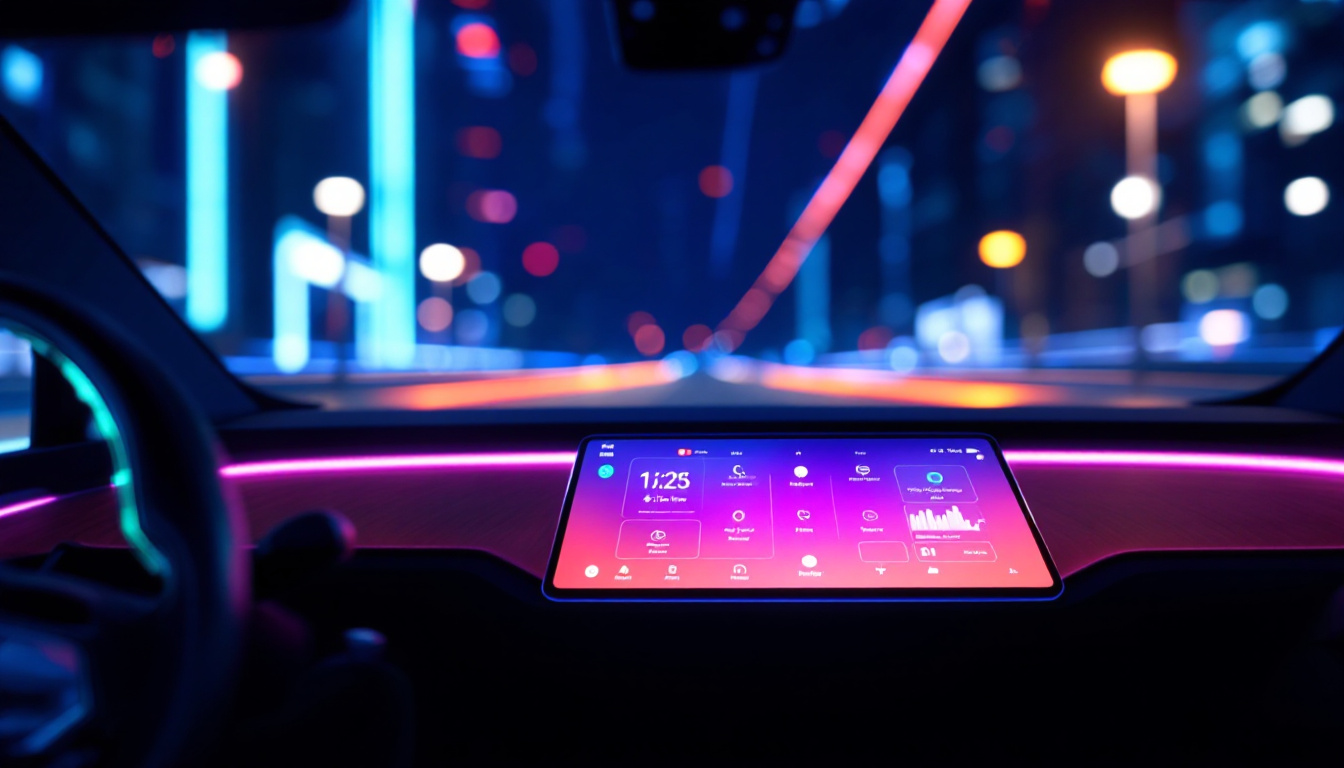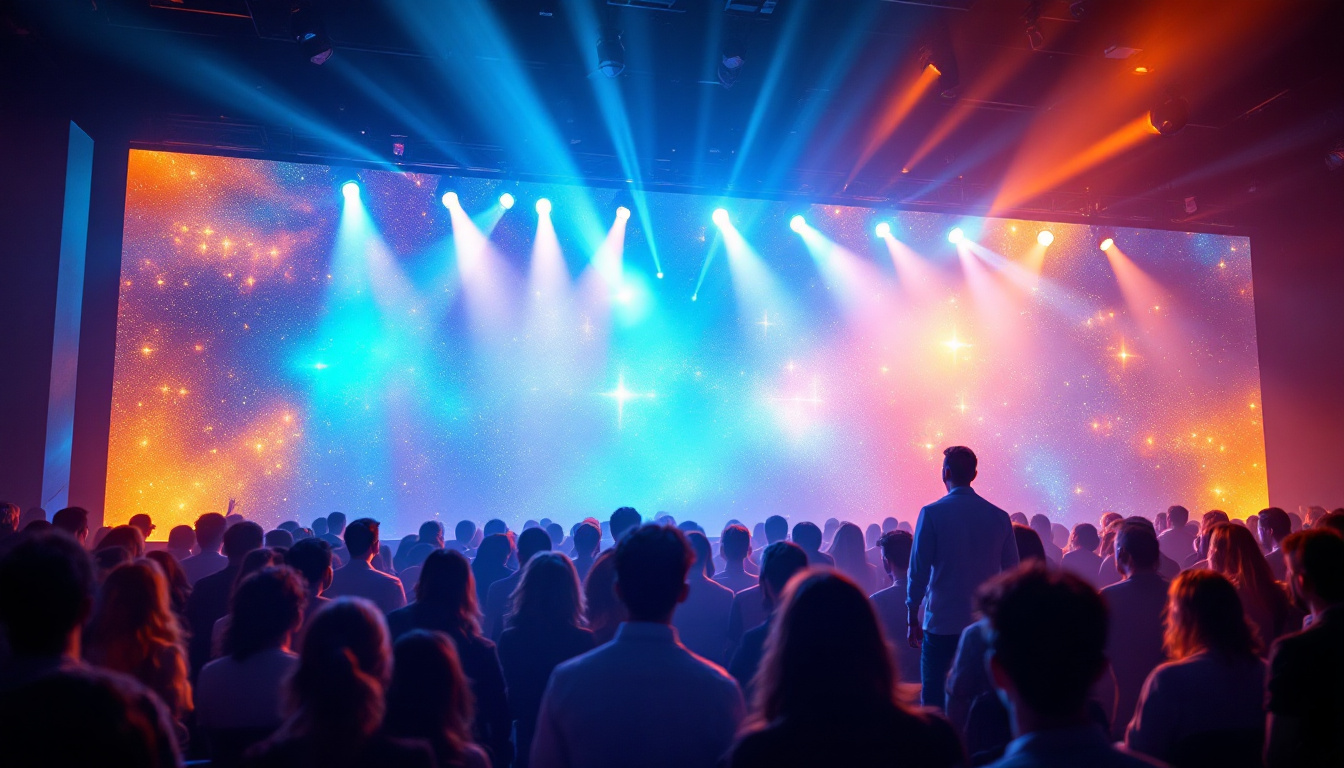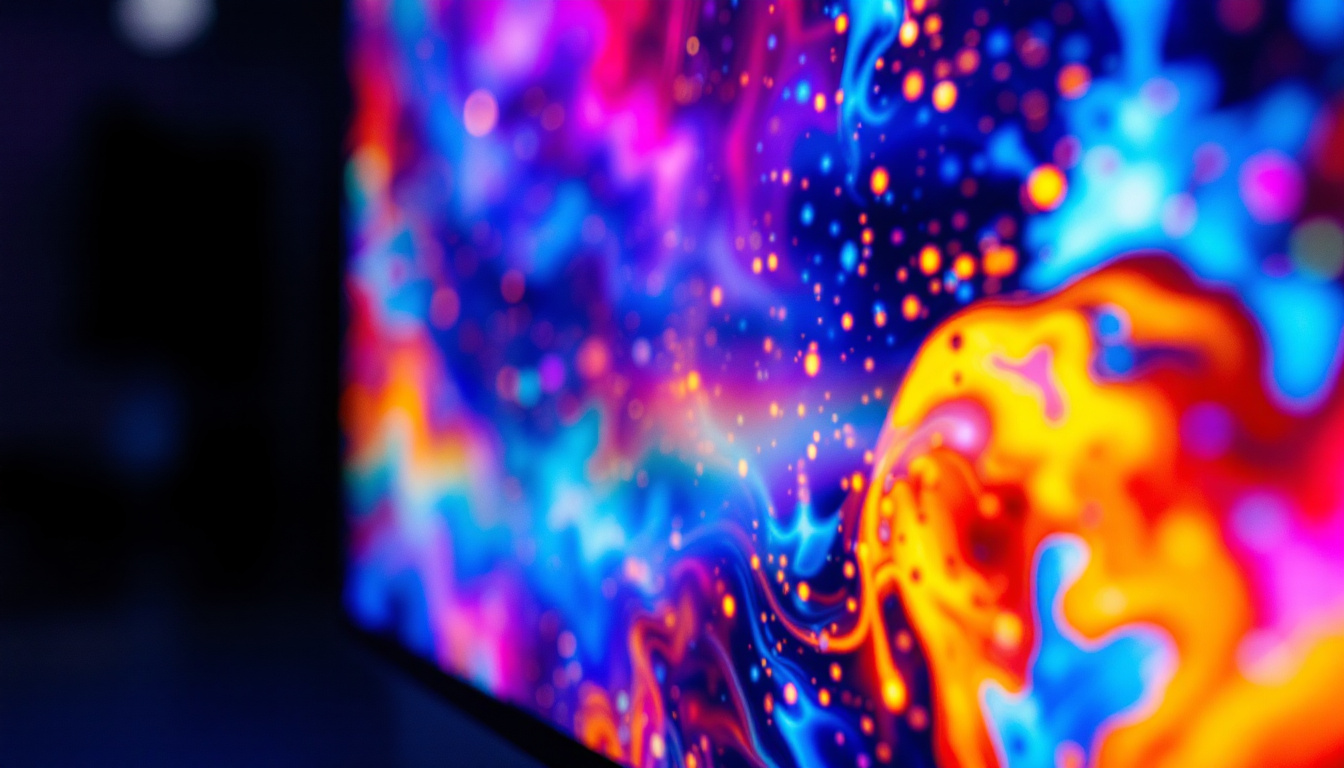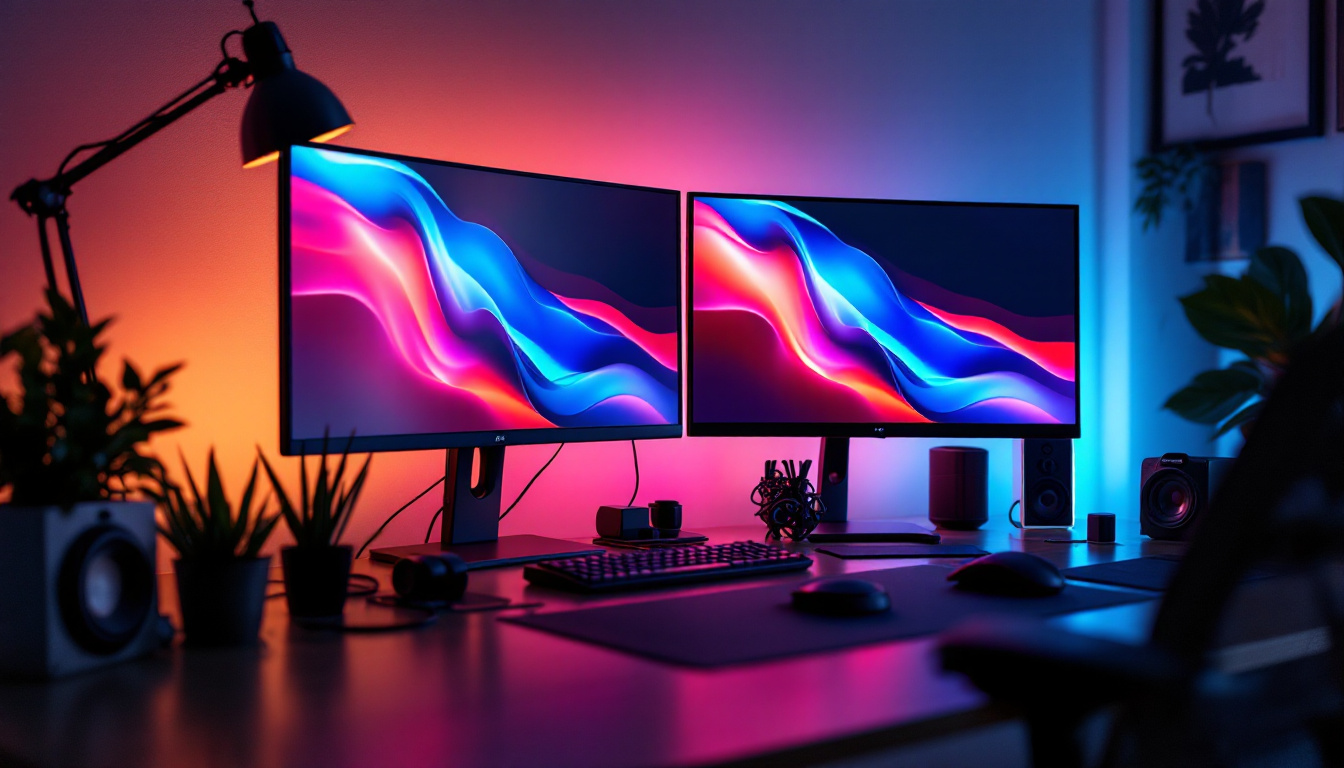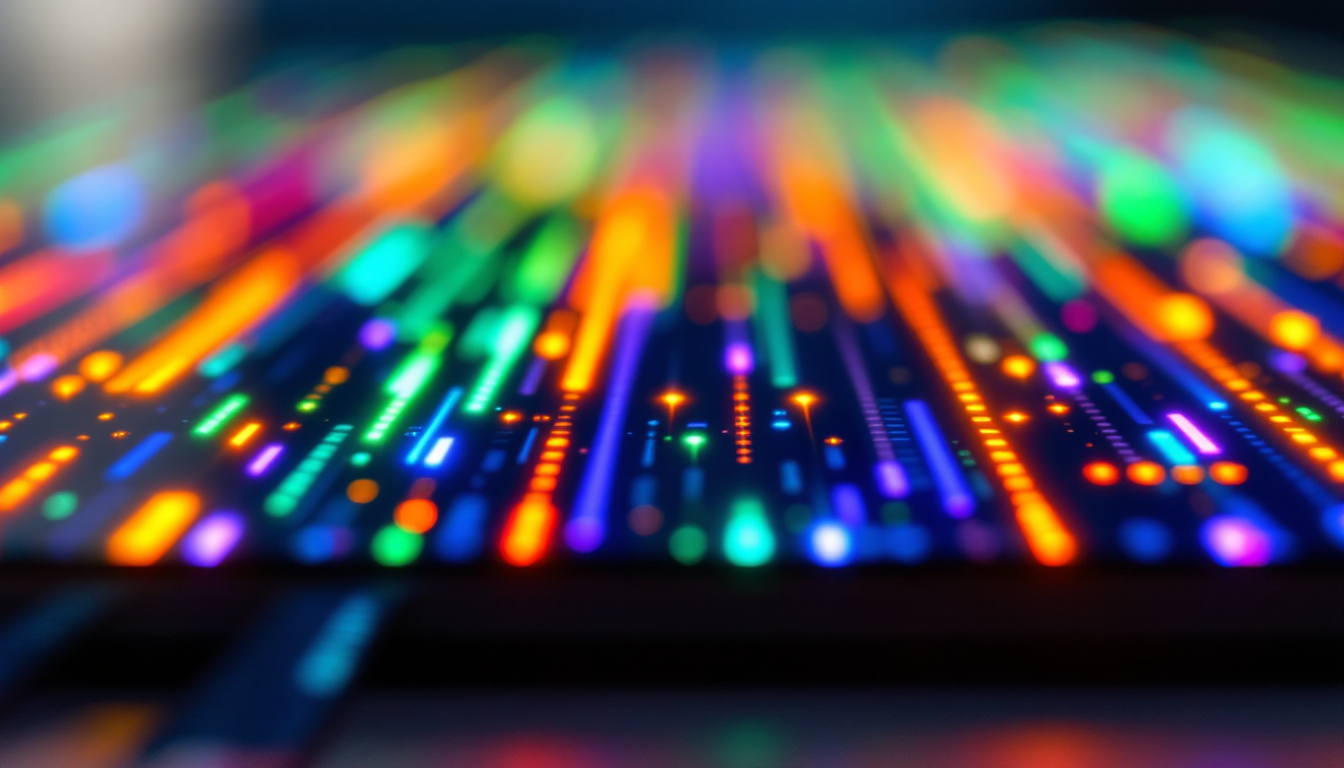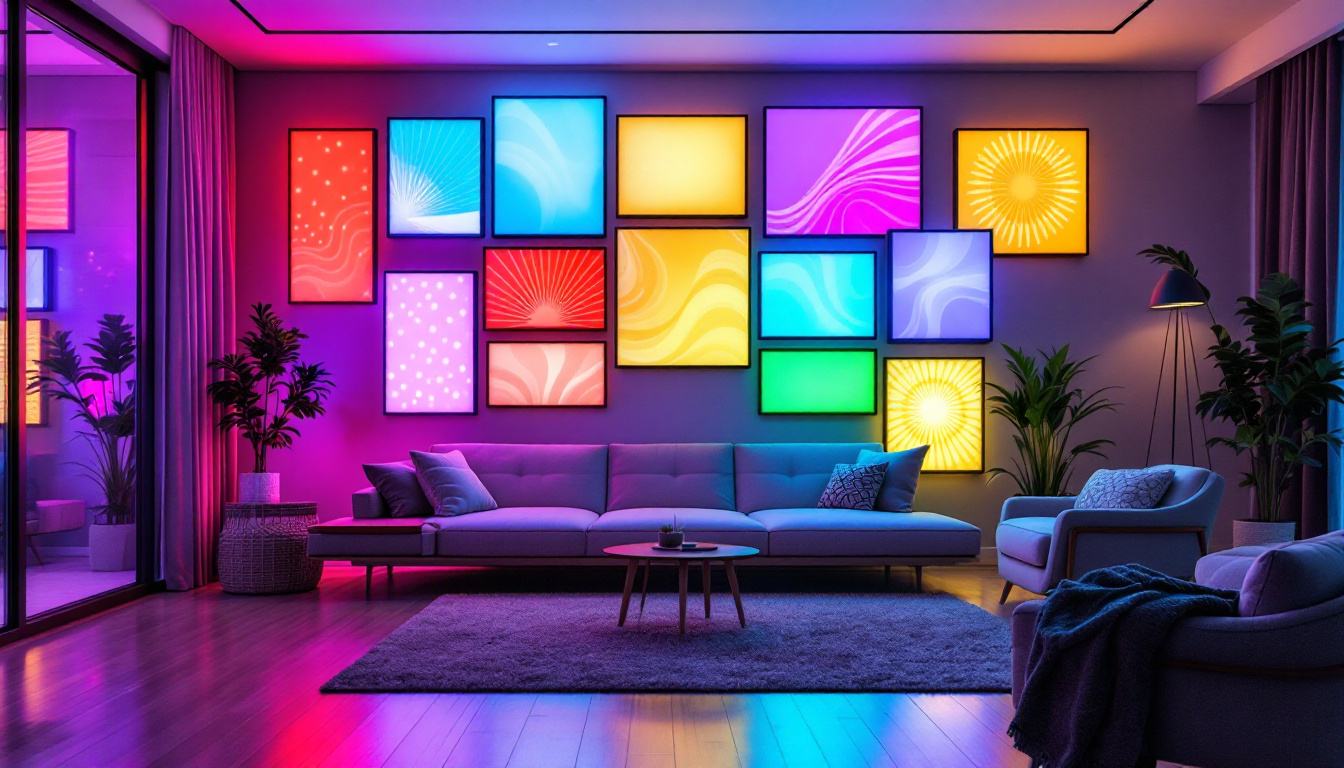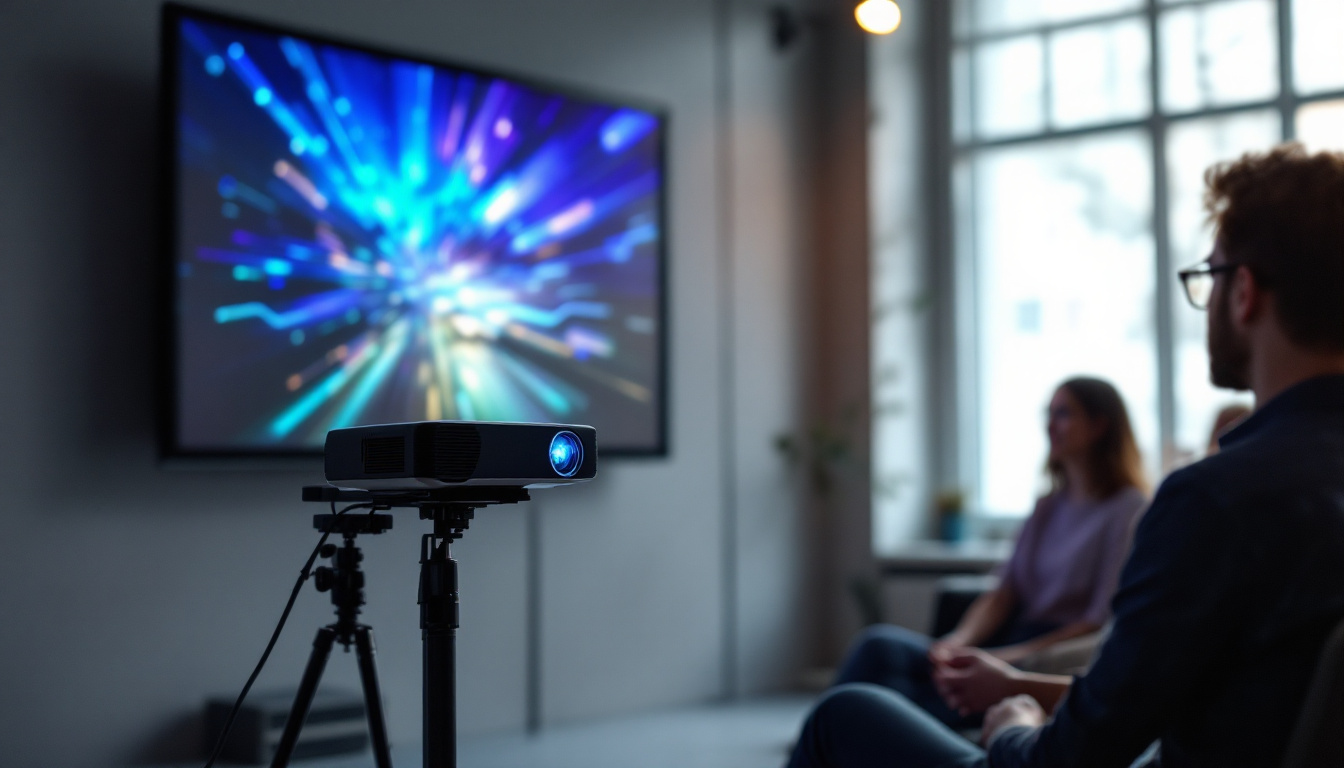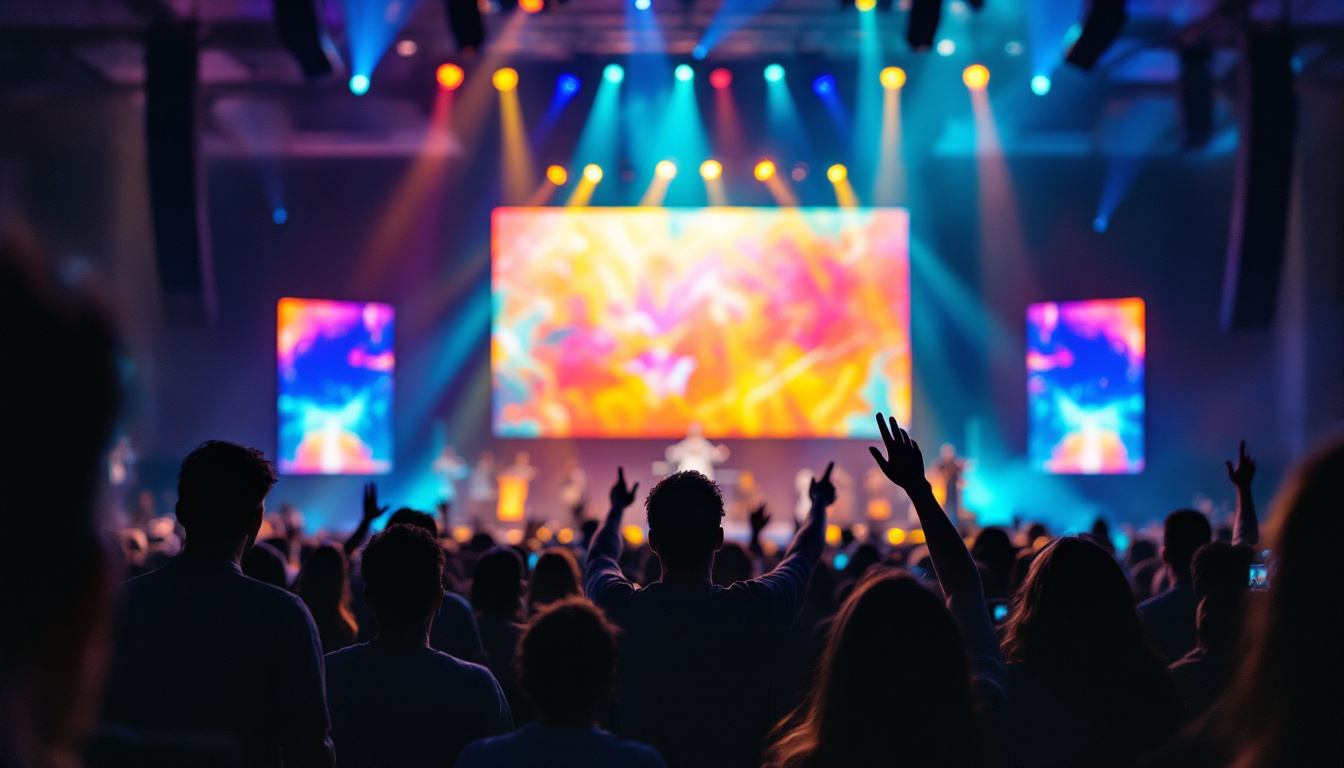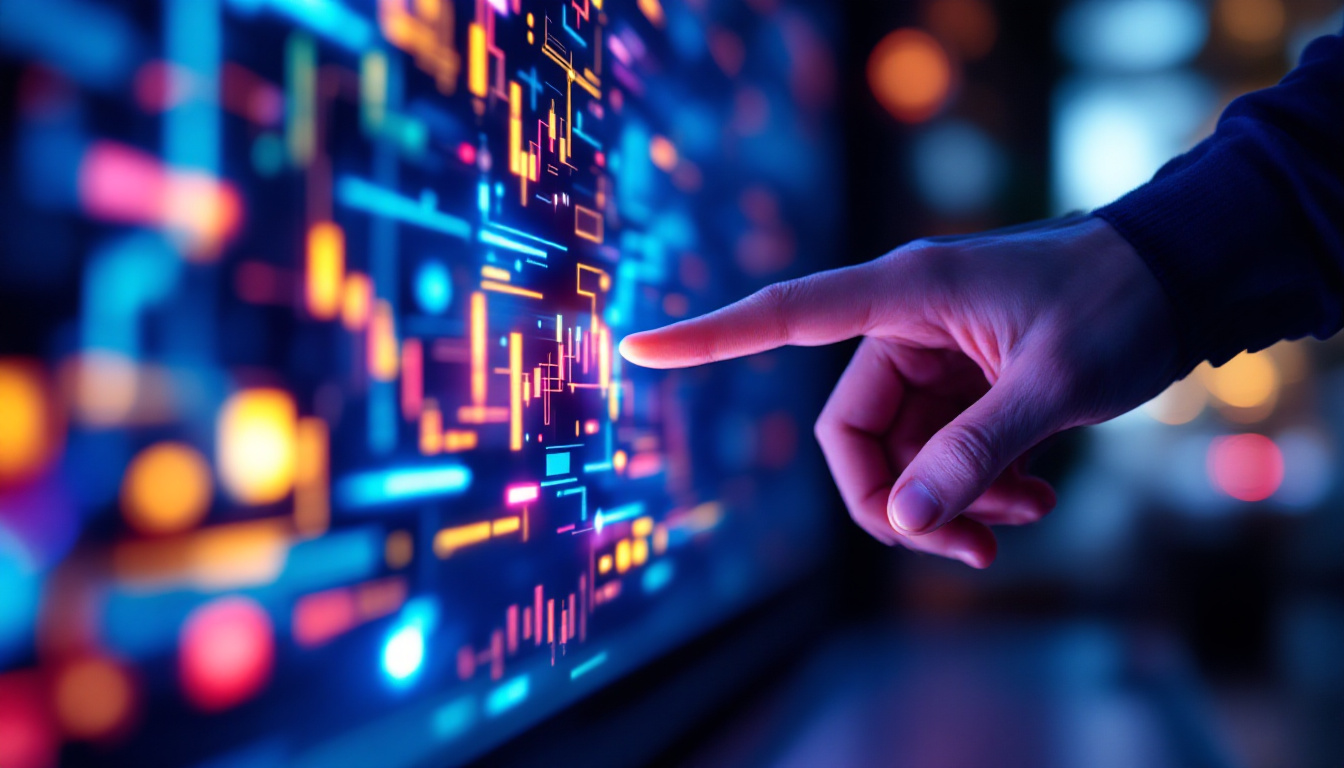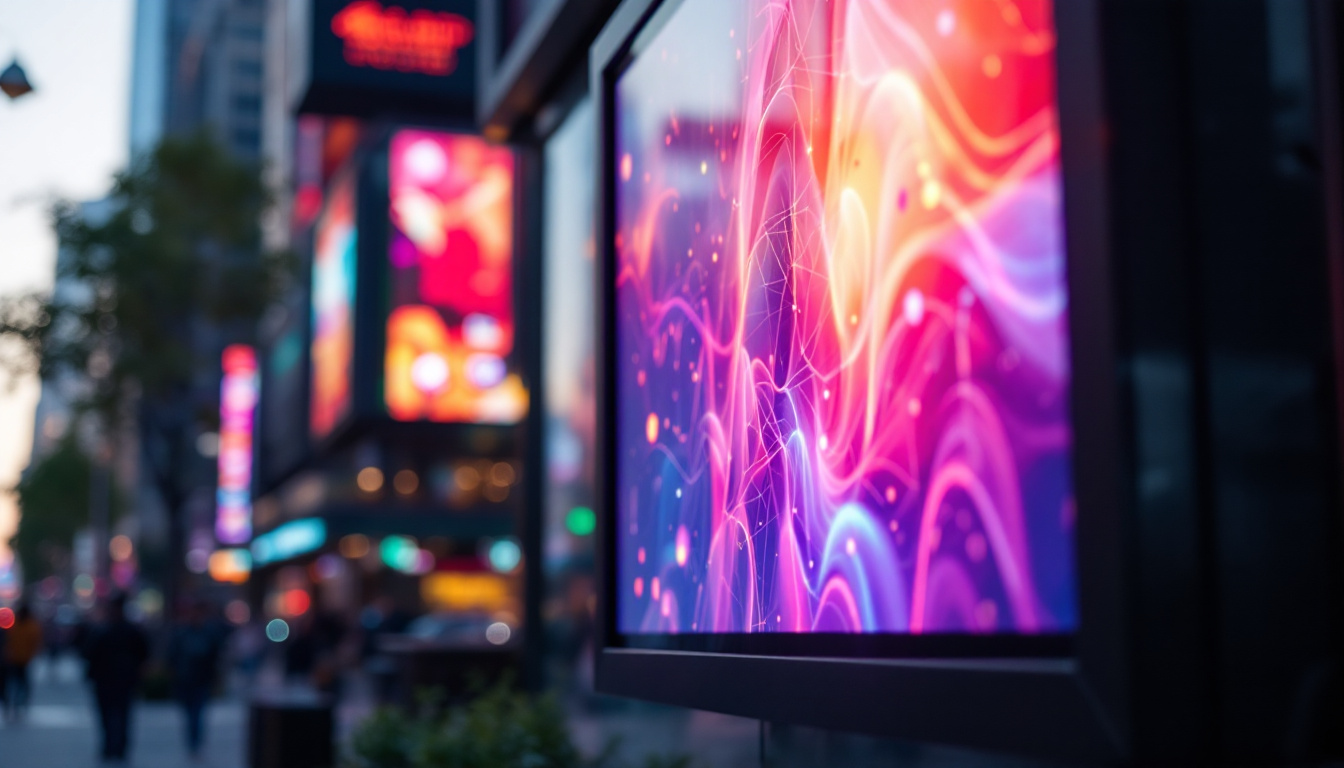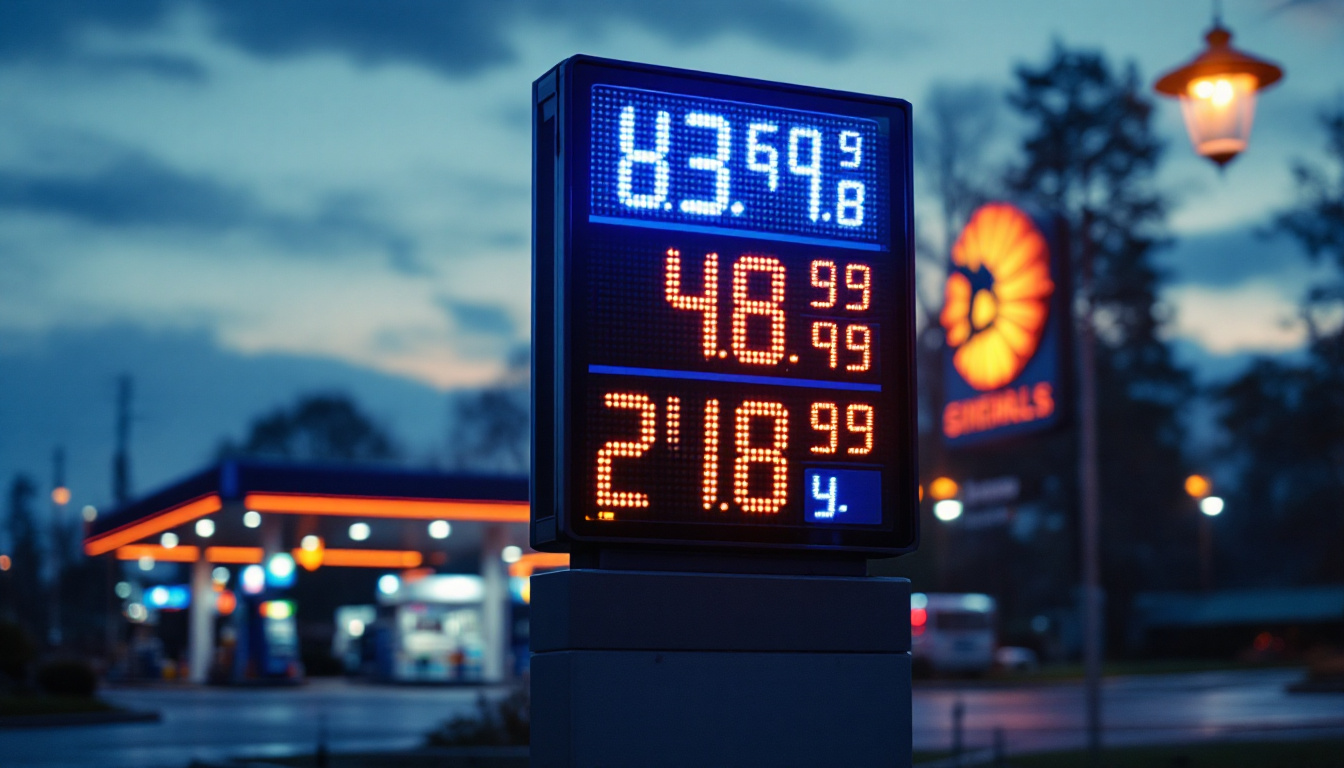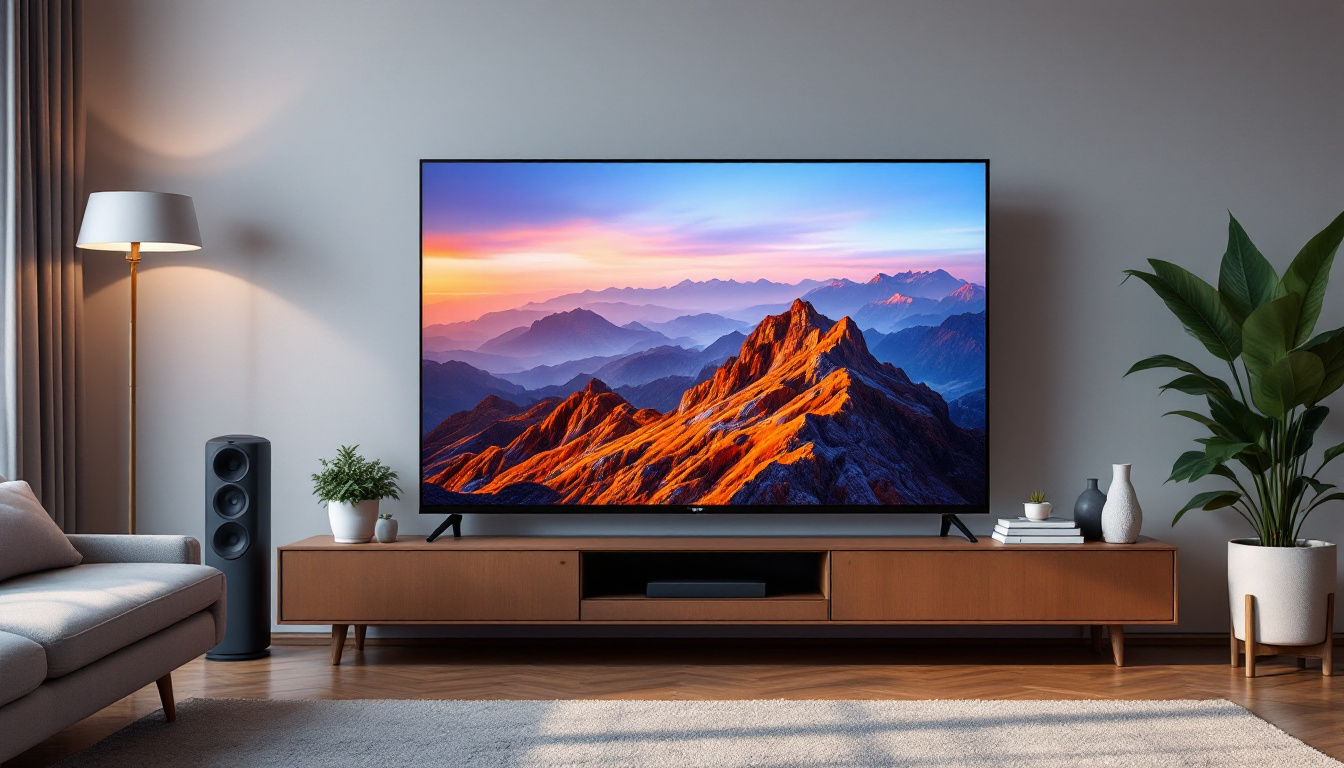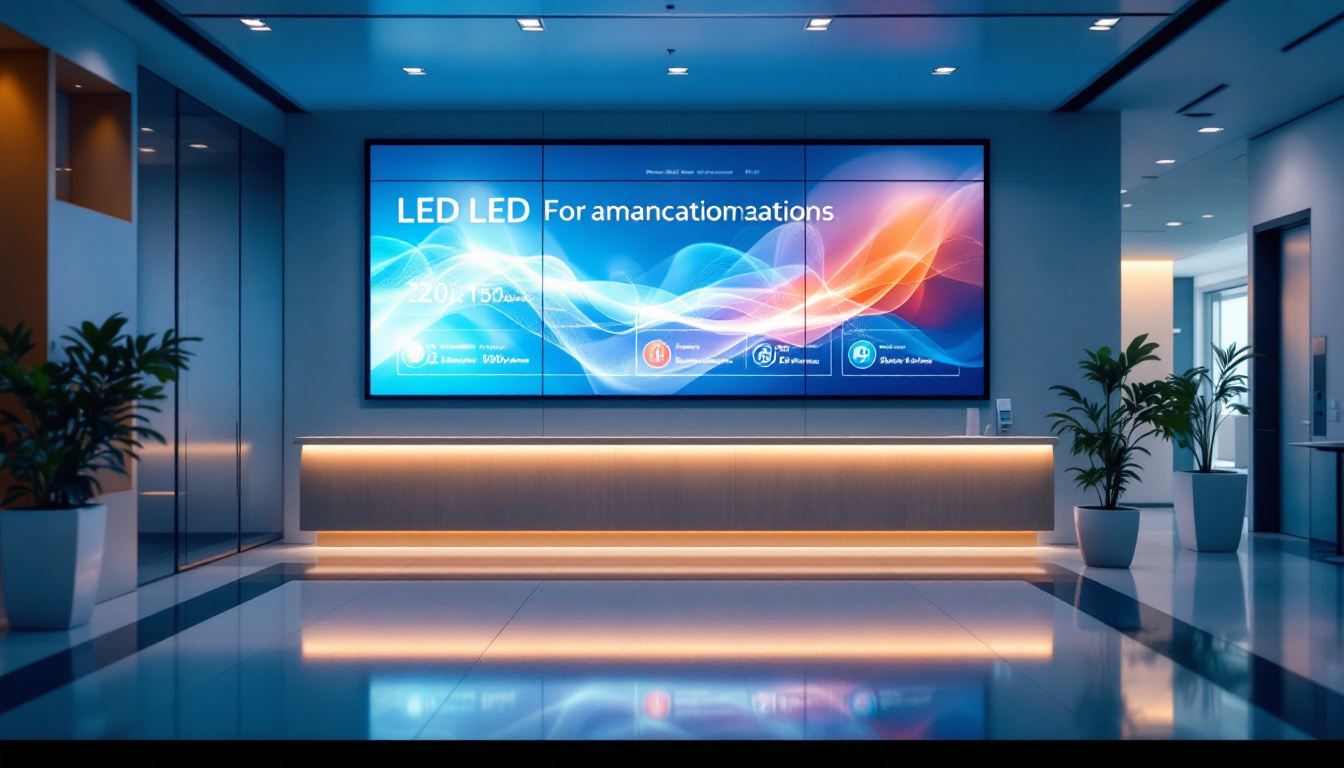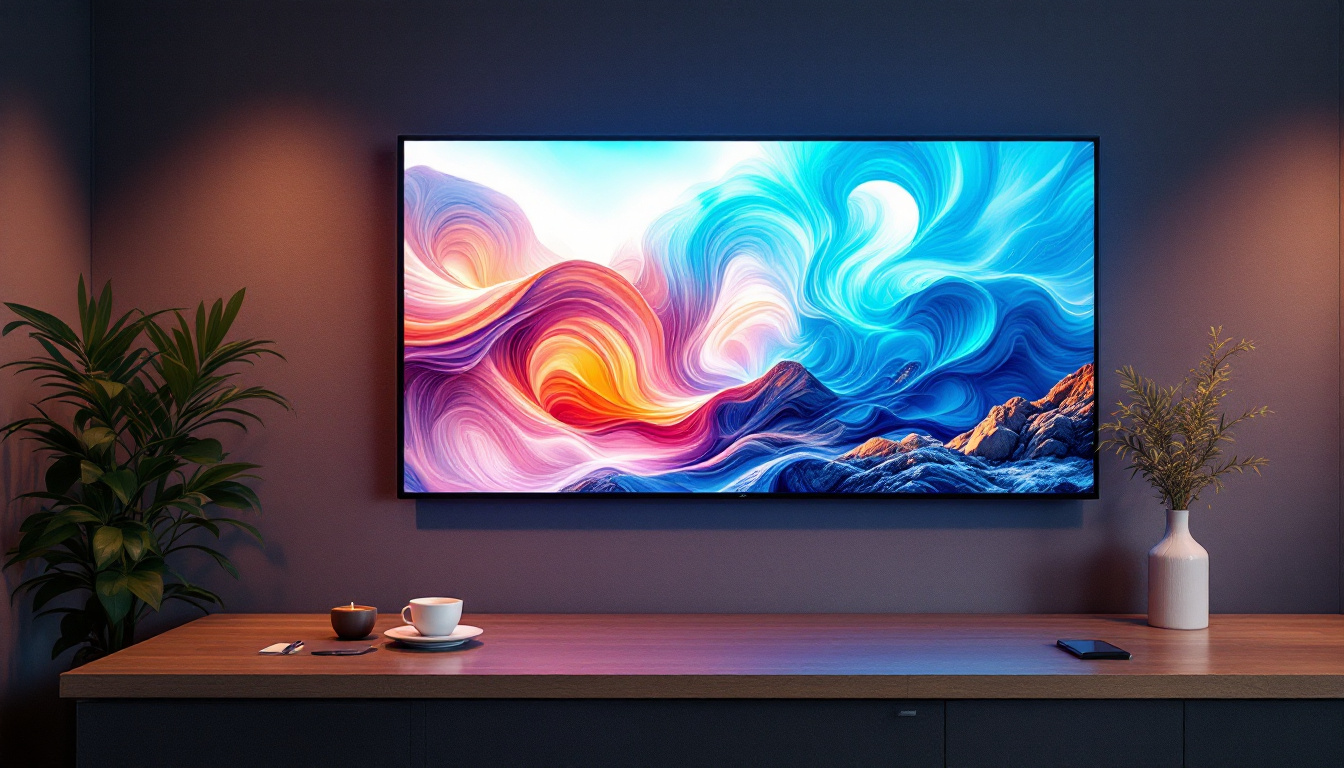In today’s fast-paced digital world, visual communication has become increasingly important. One of the most effective ways to convey messages and capture attention is through LED displays. This article explores the intricacies of LED displays, their applications, benefits, and the technology that powers them.
Understanding LED Technology
LED, or Light Emitting Diode, technology has revolutionized the way we perceive visual content. Unlike traditional lighting, LEDs produce light through electroluminescence, which occurs when an electric current passes through a semiconductor material. This process not only makes LEDs energy-efficient but also allows for vibrant colors and high brightness levels. The longevity of LED lights, often lasting up to 25,000 hours or more, significantly reduces the frequency of replacements, contributing to lower maintenance costs and less environmental waste. This durability, combined with their low energy consumption, has made LEDs a popular choice for both residential and commercial lighting solutions.
The Basics of LED Displays
LED displays are composed of numerous tiny LEDs that work together to create images and videos. These displays can be categorized into two main types: direct view and backlit. Direct view LED displays utilize individual LEDs to emit light directly, while backlit displays use LEDs to illuminate an LCD panel from behind. The technology behind these displays has advanced significantly, allowing for thinner designs and improved energy efficiency. Additionally, features such as dynamic contrast and adaptive brightness have enhanced the viewing experience, making LED displays suitable for a wide range of environments, from home theaters to large-scale public events.
The pixel configuration in an LED display is crucial for determining its resolution and overall image quality. Higher pixel density results in sharper images, making it essential for applications requiring detailed visuals, such as advertising and broadcasting. Furthermore, advancements in pixel technology, such as the introduction of microLED and miniLED, have pushed the boundaries of display capabilities, enabling even greater levels of detail and color accuracy. These innovations not only enhance the visual experience but also open up new possibilities for creative applications in art and design.
Types of LED Displays
There are several types of LED displays, each designed for specific applications. The most common types include:
- Indoor LED Displays: These are typically used in venues such as shopping malls, theaters, and conference rooms. They are designed for close viewing and offer high resolution. Indoor displays often feature advanced technologies like HDR (High Dynamic Range) to provide deeper blacks and brighter whites, enhancing the overall visual experience.
- Outdoor LED Displays: Built to withstand harsh weather conditions, outdoor displays are larger and brighter, making them ideal for billboards and public signage. Many outdoor models incorporate protective features like anti-glare coatings and weatherproof casings, ensuring visibility even in direct sunlight or heavy rain.
- Transparent LED Displays: These innovative displays allow light to pass through, making them suitable for retail environments where visibility is essential. By blending seamlessly with their surroundings, transparent displays can showcase products while still maintaining an open and airy feel in stores, creating a unique shopping experience.
Applications of LED Displays
The versatility of LED displays has led to their widespread adoption across various industries. From advertising to entertainment, their applications are diverse and impactful.
Advertising and Marketing
LED displays have become a staple in advertising, providing dynamic and eye-catching content that can easily attract potential customers. Digital billboards and storefront displays can be updated in real-time, allowing businesses to promote special offers or events instantly.
Moreover, the ability to display high-definition video content enhances engagement, making LED displays a powerful tool for marketers looking to capture attention in crowded environments. This adaptability also extends to targeted advertising; businesses can tailor their messages based on the time of day or specific demographics, ensuring that their content resonates with the right audience at the right moment.
Additionally, the integration of social media feeds into LED displays allows brands to create a two-way interaction with consumers, encouraging them to engage with the content and share their experiences online. This not only amplifies brand visibility but also fosters a sense of community around the products and services offered.
Events and Entertainment
In the realm of events and entertainment, LED displays play a crucial role in enhancing the audience experience. Concerts, sports events, and festivals often utilize large LED screens to broadcast live performances, ensuring that everyone in attendance can enjoy the show.
Furthermore, the flexibility of LED technology allows for creative stage designs, where displays can be integrated into the set to create immersive environments that captivate audiences. This innovation can transform a simple performance into a multi-sensory experience, where visuals, sound, and lighting work in harmony to evoke emotions and create lasting memories.
Moreover, LED displays are not limited to just the main stage; they can be strategically placed throughout venues to provide additional information, such as artist bios, event schedules, or interactive content that engages the audience during downtime. This comprehensive approach ensures that every moment of the event is enriched, making it a more memorable occasion for attendees.
Transportation and Public Information
LED displays are also widely used in transportation systems, providing real-time information to commuters. Train stations, airports, and bus terminals utilize LED screens to display arrival and departure times, ensuring that passengers are well-informed.
Additionally, LED displays are employed in emergency response systems, where they can quickly communicate critical information to the public during crises. These displays can be programmed to relay urgent messages, such as weather alerts or safety instructions, ensuring that vital information reaches a wide audience promptly.
Furthermore, the integration of LED technology in smart city initiatives is revolutionizing how urban environments communicate with their residents. Interactive LED kiosks can provide directions, local news, and even emergency notifications, enhancing the overall efficiency of public transport systems and contributing to a more informed and connected community.
Benefits of LED Displays
The advantages of LED displays extend beyond their visual appeal. They offer a range of benefits that make them a preferred choice for many applications.
Energy Efficiency
One of the most significant benefits of LED displays is their energy efficiency. Compared to traditional lighting solutions, LEDs consume significantly less power, which translates to lower electricity bills. This efficiency not only benefits businesses financially but also contributes to environmental sustainability.
Longevity and Durability
LED displays are designed to last longer than traditional displays. With a lifespan of up to 100,000 hours, they require less frequent replacements, reducing maintenance costs. Additionally, LEDs are more resistant to shock and vibration, making them suitable for outdoor and high-traffic environments.
High Brightness and Color Quality
The brightness levels of LED displays are unmatched, ensuring visibility even in direct sunlight. This quality is particularly important for outdoor applications, where traditional displays may struggle to be seen. Furthermore, LEDs offer a wide color gamut, allowing for vibrant and accurate color reproduction.
Challenges and Considerations
While LED displays offer numerous benefits, there are also challenges and considerations that potential users should be aware of.
Initial Costs
The initial investment for LED displays can be higher than traditional display technologies. However, it is essential to consider the long-term savings associated with energy efficiency and reduced maintenance costs. Many businesses find that the return on investment justifies the upfront expenditure.
Technical Expertise
Installing and maintaining LED displays may require specialized technical knowledge. Businesses may need to invest in training or hire professionals to ensure that the displays are set up and operated correctly. This requirement can be a barrier for some organizations, especially smaller ones with limited resources.
Content Management
To maximize the effectiveness of LED displays, businesses must also consider content management. Creating engaging and relevant content requires creativity and strategy. Organizations may need to allocate resources for content creation and management to ensure that their displays remain effective over time.
Future Trends in LED Display Technology
The LED display industry is continually evolving, with new technologies and trends emerging to enhance performance and user experience.
Advancements in Resolution
As technology progresses, the resolution of LED displays is expected to improve significantly. The development of microLED and miniLED technologies promises to deliver even higher pixel densities, resulting in sharper images and more detailed visuals. This advancement will benefit applications ranging from advertising to medical imaging.
Integration with Smart Technology
The integration of LED displays with smart technology is another trend gaining traction. With the rise of the Internet of Things (IoT), LED displays can be connected to networks, allowing for real-time data updates and remote management. This capability enhances the flexibility and functionality of displays, making them even more valuable for businesses.
Environmentally Friendly Solutions
As sustainability becomes a priority for many organizations, the LED display industry is also moving towards environmentally friendly solutions. Manufacturers are exploring ways to reduce the environmental impact of production processes and materials used in LED displays. This focus on sustainability will likely shape the future of the industry.
Conclusion
LED displays have transformed the landscape of visual communication, offering a dynamic and engaging way to convey messages across various industries. Their energy efficiency, longevity, and vibrant color quality make them an attractive choice for businesses looking to enhance their visibility and engagement.
While there are challenges to consider, the benefits of LED displays far outweigh the drawbacks. As technology continues to advance, the future of LED displays looks promising, with innovations that will further enhance their capabilities and applications.
Organizations that embrace LED display technology will not only improve their communication strategies but also position themselves at the forefront of the digital age, ready to captivate audiences and drive success.
Discover LumenMatrix’s Innovative LED Display Solutions
Ready to elevate your visual communication strategy with cutting-edge LED technology? LumenMatrix is at the forefront of LED display innovation, offering an extensive range of solutions tailored to your needs. From Indoor and Outdoor LED Wall Displays to specialized options like Vehicle, Sports, and Floor LED Displays, our products are designed to captivate and engage your audience. Experience the transformative power of our Custom, All-in-One, and Transparent LED Displays. Check out LumenMatrix LED Display Solutions today and bring your brand’s message to life with unparalleled clarity and impact.

